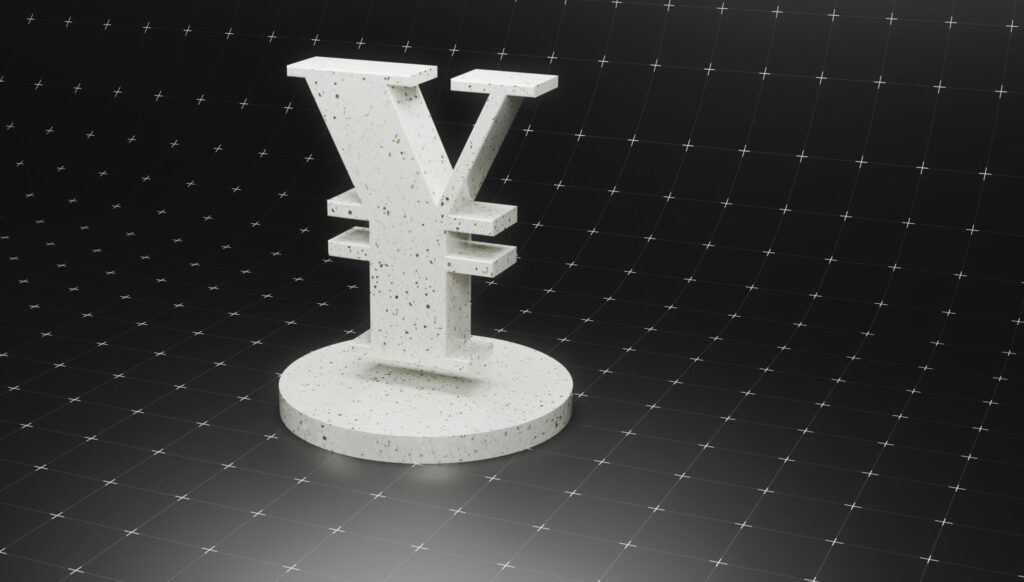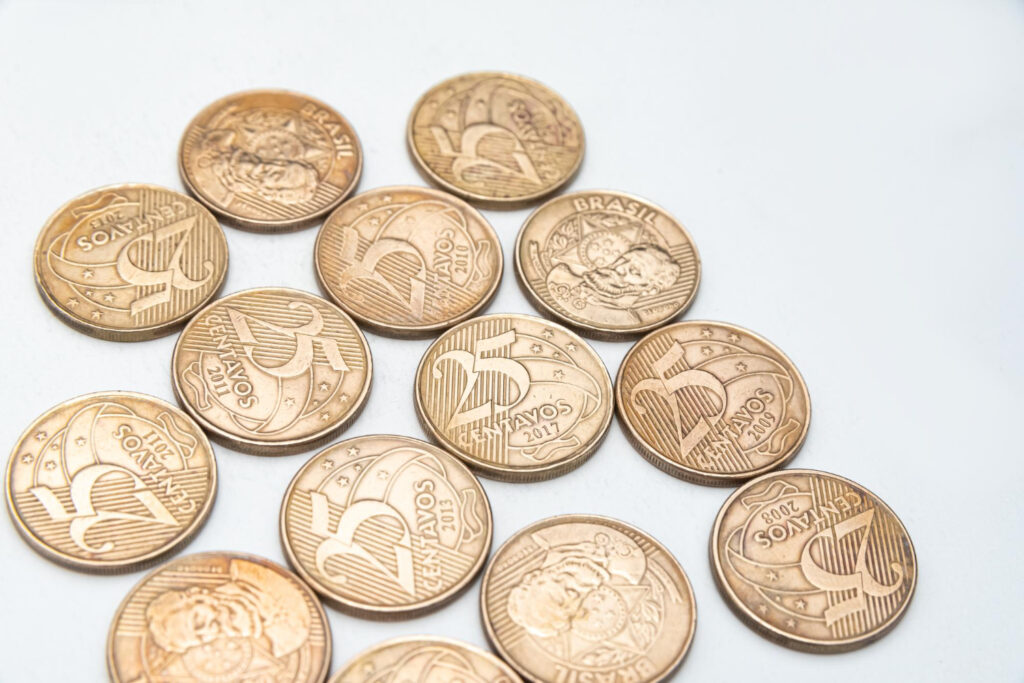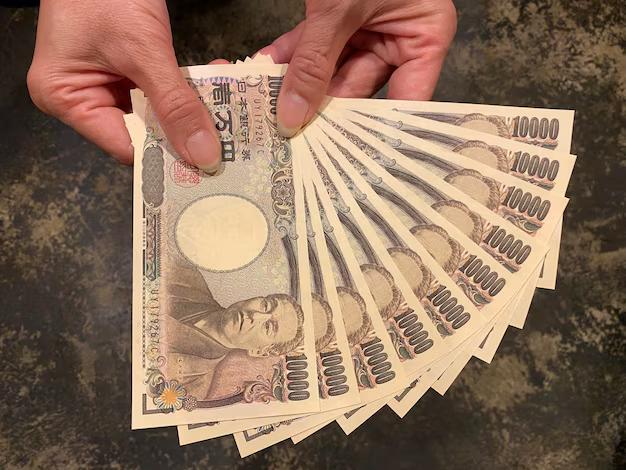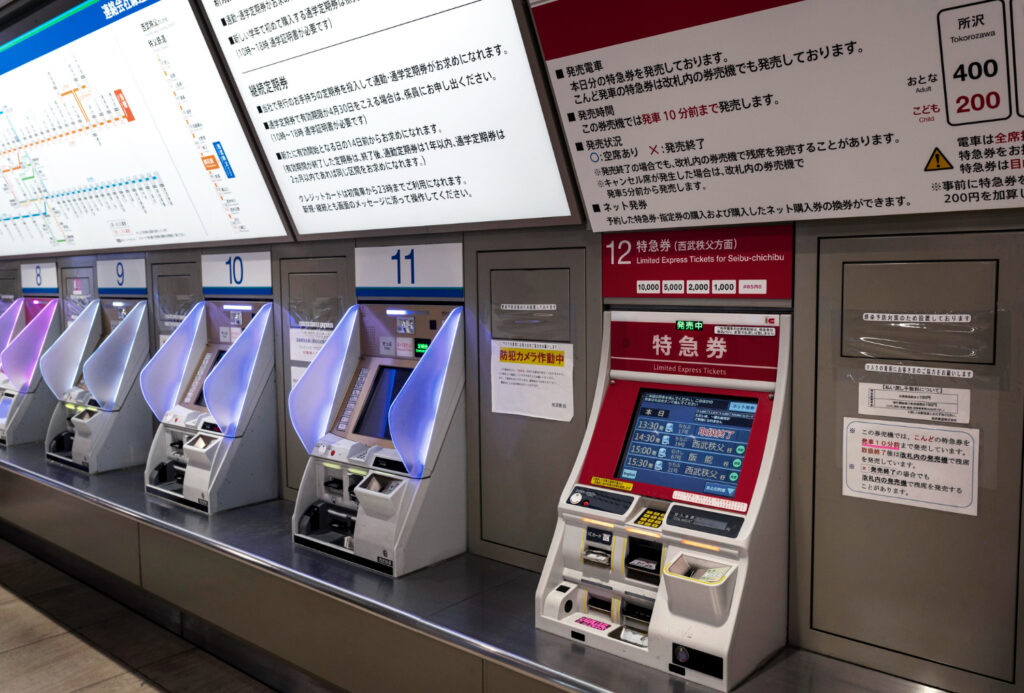Japanese Currency
How to pay and withdraw
money in Japan

Welcome to Japan, where the vibrant culture, delicious cuisine, and stunning landscapes await you. As you prepare for your journey, it’s essential to familiarize yourself with the local currency, the yen (JPY). In this guide, we’ll delve into everything you need to know about Japanese currency to ensure a seamless and enjoyable travel experience.
The yen is the official currency of Japan, abbreviated as JPY. It’s one of the major currencies in the world, with banknotes ranging from 1,000 to 10,000 yen and coins from 1 to 500 yen. Here’s is the detail overview of how you can pay and withdraw money in Japan:
Currency of Japan
The yen is the official currency of Japan, denoted by the symbol “¥“. It holds a significant place in the global financial market and serves as a reflection of Japan’s economic prowess. The yen is issued and regulated by the Bank of Japan, Japan’s central bank.
Japan has a rich history when it comes to its currency. The origins of Japanese currency date back centuries, evolving significantly over time. Initially, Japan used rice as a form of currency before transitioning to metallic currency during the Asuka period (592-710 AD). The currency underwent several transformations until the establishment of the yen in the Meiji period (1868-1912).
Coins

Understanding Japanese money, called yen, might be a bit tricky for tourists, especially if you’re not used to Asian currencies. So, before you visit Japan, it’s important to know a little about how their money works.
The Japanese yen is symbolized by “¥” and it’s also called “JPY” for short. They used to have smaller coins called sen and rin, but they don’t use them anymore because of inflation. Instead, you’ll see coins in values like 1, 5, 10, 50, 100, and 500 yen. Fun fact: The 5 and 50 yen coins have a hole in the middle, so they’re easy to spot!
When it comes to spending money in Japan, it’s a bit different from what you might be used to. While big shops and restaurants in cities usually take credit cards, smaller and more traditional places prefer cash. That’s why it’s a good idea to have some yen in cash.
Japanese Banknote

The Japanese yen is the official currency of Japan, denoted by the symbol “¥”. Banknotes are issued in various denominations, including ¥1,000, ¥5,000, and ¥10,000. Each denomination features iconic Japanese figures, landmarks, or symbols, reflecting the country’s rich cultural heritage.
Money Exchange in Japan
If you’re visiting Japan, you’ll need to change your money into Japanese yen. Luckily, there are lots of places where you can do this. Airports, banks, and even some hotels have places where you can swap your money for yen. Just make sure to check out the rates and any fees they might charge before you make the exchange. Another option is using ATMs, which are pretty common in Japan. Just keep in mind that there might be fees for using your card abroad, so it’s a good idea to let your bank know you’ll be traveling. With a bit of planning, you can easily get yen for your trip and avoid any money hassles while you’re in Japan.
Banks
Most banks in Japan provide currency exchange services for major currencies, including the US dollar, euro, and British pound. However, some smaller regional banks may have limited exchange options, so it’s best to opt for larger bank branches in urban areas.
Post Office
Japanese post offices also offer currency exchange services. They often have longer operating hours compared to banks and can be found in most neighborhoods.
Currency Exchange Counters:
You can find currency exchange counters at airports, major train stations, and popular tourist areas. While convenient, these counters may charge higher fees or offer less favorable exchange rates compared to banks and post offices
Hotels
Some hotels in tourist areas offer currency exchange services for their guests. However, exchange rates at hotels may not be as competitive as those at banks or post offices.
ATMs in japan
While not a traditional currency exchange method, you can withdraw Japanese yen directly from ATMs using your foreign debit or credit card. Many ATMs in Japan accept international cards, especially those located in convenience stores, post offices, and major tourist areas.

How to Pay in Japan
Cash
Cash remains a prevalent method of payment in Japan, especially for small purchases and in traditional establishments like izakayas and street vendors. Carrying a lot of cash on us may make us feel a little insecure, but Japan is one of the safest countries in the world. When traveling, Japanese currency will be essential, especially in rural areas or local businesses.
There are many areas, especially those that are more local or traditional, that do not accept VISA or MASTERCARD cards . Areas like Takayama and Nara, or even in some restaurants and shops in Tokyo or Kyoto, you will have no choice but to pay in cash.
Getting cash in Japan is convenient. You can withdraw it from ATMs or exchange currency at banks, exchange offices, or sometimes even hotels. Banknotes come in denominations of 1,000, 2,000, 5,000, and 10,000 yen, while coins are in 1, 5, 10, 50, 100, and 500 yen denominations.
Credit/ Debit Card
With the rise of digital payment platforms like Suica and Pasmo cards, travelers can conveniently make purchases across Japan’s extensive public transportation network and retail outlets.Most places like department stores, fancy restaurants, hotels, and electronics shops accept credit and debit cards. If you’re traveling there, it’s wise to check with your bank about the fees they charge for international transactions. Mobile payment services like Apple Pay and Google Pay are also becoming popular in Japan, especially in big cities, although cash is still king in rural areas.
Tipping in Japan
Tipping is not a common practice in Japan and is generally not expected in most situations. Japanese culture places a strong emphasis on providing excellent service as part of the hospitality industry, and workers take pride in their jobs without expecting additional monetary compensation.
In fact, tipping can sometimes be perceived as rude or awkward in Japan, as it may imply that the service provided was insufficient or that the recipient is in financial need. Additionally, offering a tip may cause confusion or discomfort for the recipient, as they may not be accustomed to receiving gratuities.
FAQS about Japan Language
Cash is widely used in Japan and is accepted at most establishments. Major credit cards like Visa, Mastercard, and American Express are also accepted at larger businesses. Mobile payment apps like Apple Pay and Google Pay are gaining popularity, and prepaid cards like Suica and Pasmo are commonly used for transportation and small purchases.
While some ATMs in Japan may charge a fee for using foreign cards, many ATMs at convenience stores, post offices, and major tourist areas do not charge additional fees. However, it’s essential to check with your bank regarding any potential fees for international transactions.
Tipping is not a common practice in Japan and is generally not expected. Exceptional service may be acknowledged with a polite “arigatou gozaimasu” (thank you very much) rather than a monetary tip.
Yes, many establishments in Japan accept foreign credit and debit cards, especially in urban areas and tourist destinations. However, it’s a good idea to carry some cash as a backup, as not all places accept cards, particularly smaller shops and restaurants.
Visitors to Japan can bring in any amount of foreign currency or Japanese yen, but amounts exceeding 1 million yen (or its equivalent in foreign currency) must be declared upon arrival or departure.
